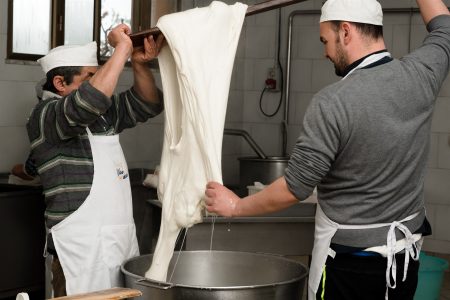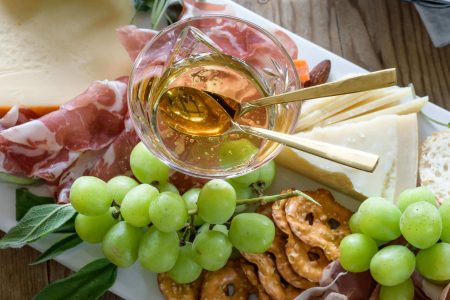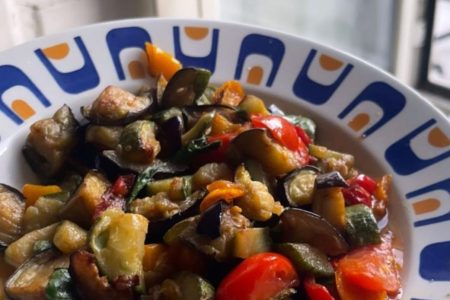Table of Contents
Friarielli are one of the most widely consumed and appreciated vegetables in Neapolitan cuisine, although they are spread somewhat throughout southern Italy and on the tables of central regions. They are a very versatile product and represent the contour ideal for accompanying meat dishes, above all sausage.
Friarielli are nothing but a part of the plant of the turnip tops and over time have acquired different names in different regions. The term friariello is said to derive from the Neapolitan verb "frijere" (to fry), which is the way of cooking vegetables that are sautéed in a frying pan to give them even more flavor.
When to eat friarielli
Friarielli are the inflorescence of the plant called. brassica rapa and its cultivation is especially widespread in central and southern regions. They are a typical winter vegetable that grows even at low temperatures, and sowing takes place in summer. Depending on the different variety that is sown, the crop cycle can extend from 2 to 6 months.
It is usually possible to buy and then eat friarielli from September through March. However, it is best to harvest the vegetable when the inflorescences are still young to get the highest quality.
So many names for the same vegetable
Friarielli production mainly involves Campania, Lazio, Puglia and Molise, but the inflorescence has since acquired different names depending on the area in which it is consumed. For example, in Lazio, friarielli are called broccoletti and in Apulia they are known as turnip tops. It is precisely with friarielli that the famous orecchiette pasta with turnip tops, one of the typical dishes of Apulian gastronomy, is prepared.
However, friarielli should not be confused with the friggitelli since they are two different vegetables. Friggitelli are the small green chilies that are generally eaten pan-fried and have a sweeter and milder flavor than friarielli, which are much more bitter.
You might be interested
Fior di latte experience and product tasting in Vico Equense: ideal for shared groups and schools
per person Book
Rich tasting of typical products to experience at Terrazza del Cilento farmhouse in Trentinara
per person Book
Private Neapolitan cooking lesson with a Local: choose what to cook, prepare and enjoy dinner
per person Book
The beneficial properties of friarielli
Friarielli are mainly rich in minerals and are therefore an ideal food to include in one's diet. Of course, the magnesium, iron, phosphorus, zinc and manganese content may vary for each specific variety, but almost all types of the plant are excellent sources of sodium and potassium.
It is good to say that friarielli have a high content of soccer, even higher than that of cheese and dairy products. Just the combined action of potassium and calcium is helpful in protecting the heart from cardiovascular disease. Therefore, friarielli are indicated for people with hypertension.
How to cook friarielli
Whatever cooking method is chosen, it is necessary to carefully clean the vegetable before cooking it. After washing it under running water, the stems and tough leaves must be removed. Friarielli can be cooked as you prefer, but the most popular method in Campania is the frying. Usually in Naples they are first blanched in water and then sautéed in a pan with oil, garlic, and chili pepper to bring out their flavor.
The quintessential accompaniment to friarielli is with the sausage, a timeless classic of Neapolitan cuisine. This flavor combination is often offered as a topping on pizzas and to fill panuozzi, traditional ciabatta-shaped sandwiches. In fact, those who want to taste Neapolitan street-food should definitely try the sasicc' 'e frierielli sandwich!




0 Comments